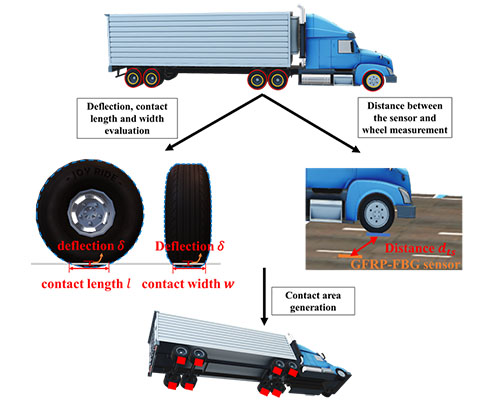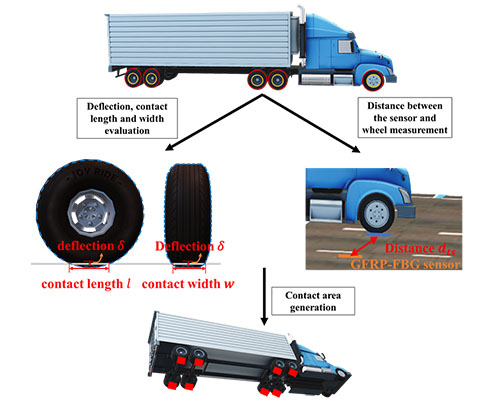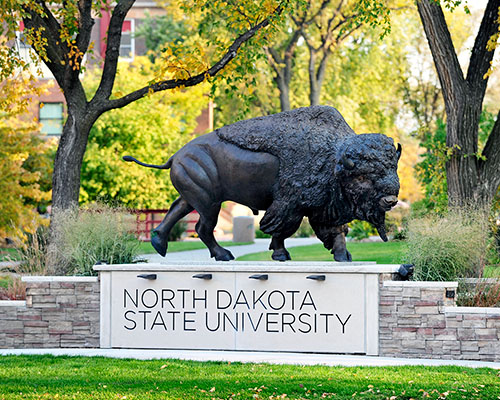Project
Advanced Air Mobility to Enhance Freight Logistics and Preserve... (2024)


Sensitivity and Accuracy Assessment of Vehicle Weigh-In-Motion... (Aug 2024)

Research Improves Commercial Vehicle Weight Monitoring Accuracy... (Mar 2025)

North Dakota State University (NDSU) is a student-focused, land-grant, research university. NDSU, via its Upper Great Plains Transportation Institute (UGPTI), is the lead university in the CTIPS and the UGPTI is the focal point for most CTIPS activity on campus. The UGPTI is an interdisciplinary center, providing innovative transportation research, education and outreach that promote the safe and efficient movement of people and goods. The UGPTI was created in 1967 at NDSU by the North Dakota Legislature. It now has an annual budget of more than $12.5 million and a staff of about 40. The UGPTI also employs about 10 graduate students. Areas of staff expertise include, infrastructure modeling and needs analysis, rural transit, traffic analysis, Intelligent Transportation Systems, agricultural and freight logistics, low-power sensing, wireless communications, mobile computing, rural transportation and safety, and software and database systems in support of commercial vehicle inspection and enforcement. UGPTI is also home to the ND Local Technical Assistance Program, an outreach program facilitating the exchange of transportation technology among local units of government. That exchange of technical knowledge is also reflected in UGPTI's emphasis on tribal outreach.

Kimberly Vachal, Ph.D.
University Director
View Bio

Denver Tolliver, Ph.D.
View Bio

Armstrong Aboah, Ph.D.
View Bio
Upper Great Plains Transportation Institute
North Dakota State University
NDSU Dept 2880
PO Box 6050
Fargo, ND 58108-6050
Phone: (701)231-7767
Email: ndsu.ugpti@ndsu.edu